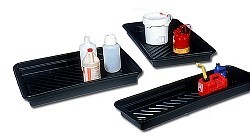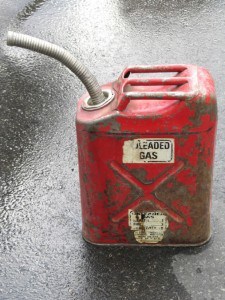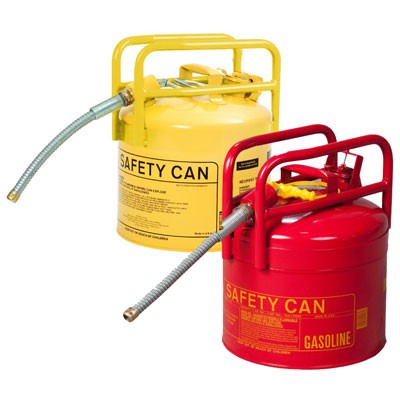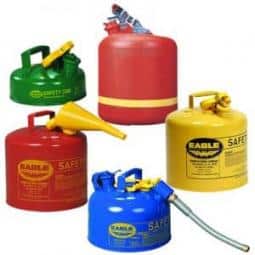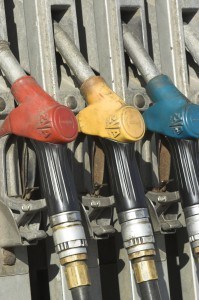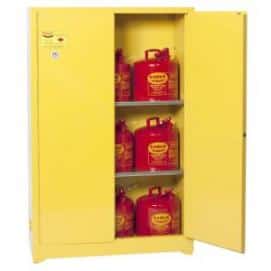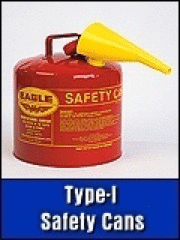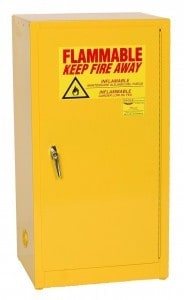A Guide to Good Housekeeping Practices for Your Business or Facility

Keep workstations tidy: A place for everything and everything in its place
How many accidents occur every year in your workplace due to clutter and messes? How frequently are people slipping, tripping, or falling over misplaced items and bumping into things or knocking them down? An untidy workplace can become a hotbed for potential dangers — not to mention a source of all sorts of inconveniences.
With warmer weather just around the corner, now is a great time to think about annual spring cleaning activities. Check out these pointers to kick-start your workplace transformation and clear away the clutter.
Advantages of a Well-Organized Workplace
There are many benefits to having a clean workspace — here are three prime examples:
- Easier to find things: When everything is organized, it’s easy to find the tool or item you’re looking for, which leads to decreased frustration.
- Increased productivity: Clutter makes it harder to focus. That means a clean workplace allows for more efficient work, leading to higher productivity.
- Improved morale: People feel happier and more comfortable in clean spaces. When combined with increased productivity and the ease of finding what you need, it’s no wonder cleanliness improves morale!
Crafting an Effective Housekeeping Plan: 5 Tips for Success
Accident prevention begins with good housekeeping. A well-maintained workspace not only ensures immediate safety but also contributes to a long-term reduction in accidents. Embrace these tips to help you cut down the clutter and formulate your own housekeeping plan:
- Organize the little things. Arrange tools, small parts, and other easily lost items in a logical way that makes them both easy to find and convenient to put away after use. You shouldn’t have any “miscellaneous” shelves, cabinets, or drawers. Utility trays are one simple, yet effective, solution to curb clutter (along with small spills).
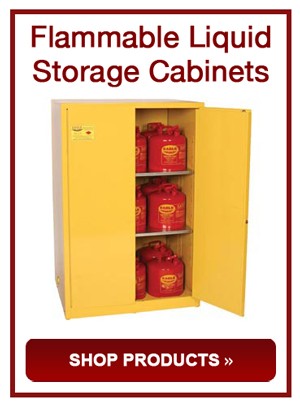 Store safety and cleanup materials appropriately. Keeping your safety and cleanup materials organized isn’t just good housekeeping but it’s also an important safety practice in itself! Store potentially hazardous materials in safety cabinets or safety cans and neatly organize and contain your spill cleanup materials in spill kits.
Store safety and cleanup materials appropriately. Keeping your safety and cleanup materials organized isn’t just good housekeeping but it’s also an important safety practice in itself! Store potentially hazardous materials in safety cabinets or safety cans and neatly organize and contain your spill cleanup materials in spill kits.- Keep walking areas clear. High-traffic areas should be clutter-free to avoid trip hazards. Ensure floors are kept clean and dry with absorbent mats to prevent potential slip-and-fall injuries. Similarly, keep walkways safe by closing all drawers and cabinet doors when they’re not in use.
- Put trash where it belongs. Appropriately separate and place all waste in designated trash containers. This includes everything from discarded cigarette butts, to oily rags, or hazardous waste. If you find that employees leave debris in specific areas, reevaluate where the nearest trash receptacle is and how you can make it more accessible and convenient.
- Swift Spill Response: Immediately address and clean up liquid spills. Shop towels, wipers, and rags are great ways to keep small messes in check. Whereas an all-in-one spill kit makes it easy to address larger volumes of leaking liquids.
Ready to get started? You should make your plan as organized as you want your facility to be. Develop standard operating procedures to keep systems in place and tackle your workplace in sections to ensure you thoroughly straighten every inch of the facility. Treat your “housekeeping” the same way you treat inventory management or audit events by assigning a task force and working out a plan.
A clean workspace is a safe workplace, so don’t wait to make sure yours is in tip-top shape!
Partner with AbsorbentsOnline and Equip Your Workplace with the Tools You Need
This is a revision to a blog post with an original publication date of December 6, 2016.

